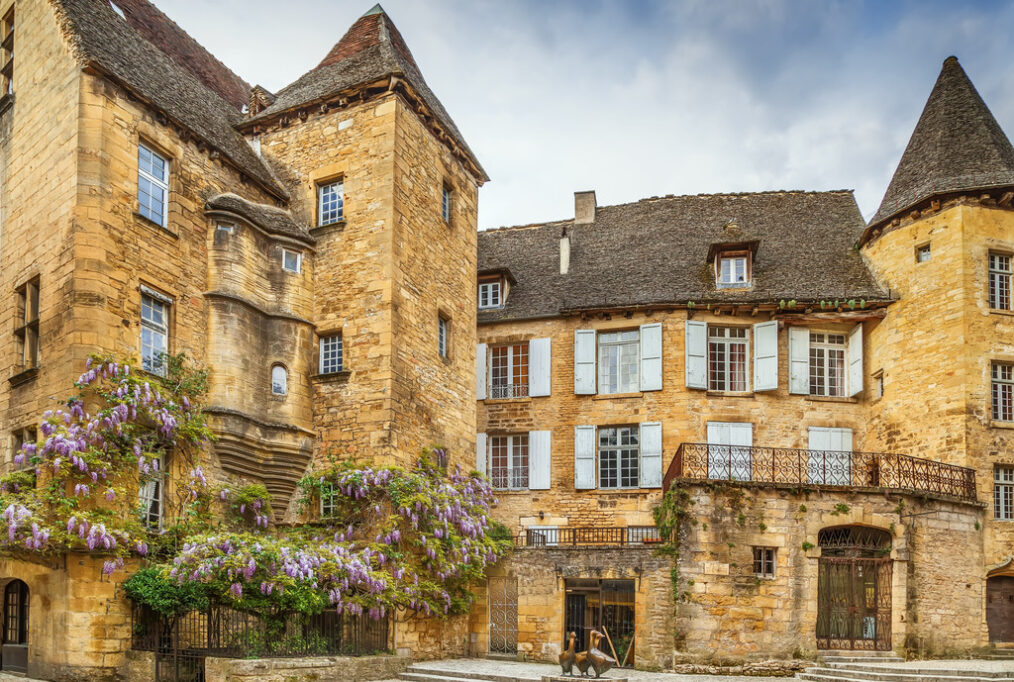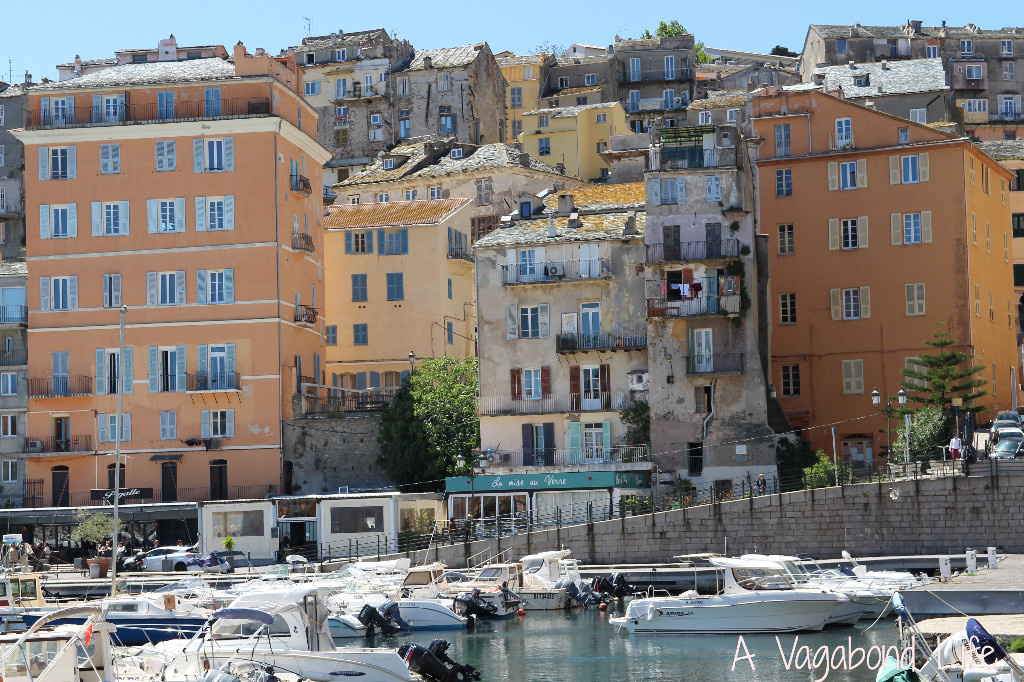Occitane France Travel Guide - A Vagabond Life
Welcome to Occitanie, a region in the south of France that embodies the essence of the Mediterranean lifestyle, blending sun-drenched landscapes, rich cultural heritage, and a relaxed pace of life. Stretching from the Pyrenees Mountains to the Mediterranean Sea, Occitanie is a tapestry of diverse landscapes, from the rolling vineyards of Languedoc to the rugged beauty of the Cévennes National Park.
In Occitanie, history comes alive in the ancient walled city of Carcassonne, the majestic Roman aqueduct of Pont du Gard, and the medieval streets of Albi. The region’s culinary scene is equally enticing, with markets brimming with fresh produce, aromatic herbs, and an array of cheeses and charcuterie.
But perhaps the true allure of Occitanie lies in its laid-back ambiance, where time seems to slow down, inviting travelers to savor each moment. Whether you’re exploring historic villages, lounging on sandy beaches, or hiking through scenic landscapes, Occitanie promises an unforgettable journey through the heart and soul of southern France.
Occitane France France Map
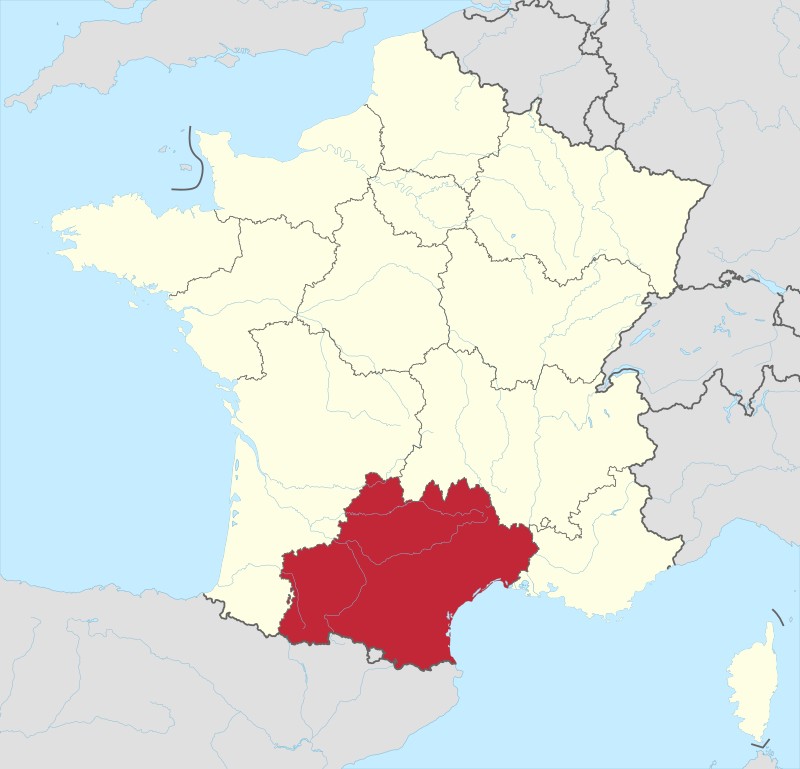
Top 5 Things To See & Do In Occitane France
Rocamadour
Canal du Midi
Carcassone
Tarn Gorge
Nimes
Occitane France Snapshot
Geography and Beauty
Occitanie is a region that captivates with its striking geographical diversity, stretching from the azure waters of the Mediterranean to the rugged peaks of the Pyrenees. This vast expanse covers 13 departments, each offering its unique landscape. The Mediterranean coast, with its golden beaches and tranquil lagoons, contrasts sharply with the wild, mountainous terrain of the Pyrenees, where deep gorges, pristine rivers, and dense forests abound. The plains of Languedoc-Roussillon are known for their vineyards, while the rugged Causses and Cévennes, a UNESCO-listed area, feature limestone plateaus, steep valleys, and ancient stone villages. The region is also crisscrossed by rivers, including the Garonne, which flows through the heart of Toulouse, and the Tarn, famous for its dramatic gorges. This geographical tapestry makes Occitanie not just a visual delight but also a haven for outdoor activities like hiking, cycling, and water sports. The varied landscapes offer a year-round appeal, whether you’re drawn to the summer warmth of the coastal regions or the winter sports in the snow-capped Pyrenees.
History and Cultural Heritage
Occitanie is steeped in history, with roots that stretch back to ancient times. The region was once part of Roman Gaul, and remnants of this era are still visible in the well-preserved ruins of Nîmes and the monumental Pont du Gard, an ancient Roman aqueduct that stands as a testament to the engineering prowess of the time. During the Middle Ages, Occitanie became a cultural crossroads, influenced by the Cathars, a religious group that left an indelible mark on the region. The fortified city of Carcassonne, with its imposing walls and fairy-tale turrets, is one of the most iconic medieval sites in Europe and offers a glimpse into this tumultuous period. The region is also the birthplace of the Occitan language and culture, which flourished during the Middle Ages and is still celebrated today through festivals, music, and literature. Toulouse, known as “La Ville Rose” for its distinctive pink terracotta buildings, is a vibrant cultural hub that blends its rich historical heritage with a modern, cosmopolitan atmosphere. Occitanie’s cultural landscape is further enriched by its traditional festivals, including the Feria de Nîmes, which celebrates the region’s bullfighting heritage, and the Festival of Carcassonne, which showcases a diverse array of music, theatre, and dance.
Food and Wine
Occitanie is a paradise for food and wine enthusiasts, offering a rich culinary tradition that reflects the region’s diverse landscapes and cultural influences. The cuisine is hearty and flavorful, with a focus on locally sourced ingredients. Cassoulet, a slow-cooked casserole of white beans, duck, and pork, is perhaps the most famous dish from the region, particularly in Toulouse and Carcassonne. Other regional specialties include Aligot, a creamy blend of mashed potatoes and cheese from the Aubrac region, and Roquefort cheese, which hails from the caves of Roquefort-sur-Soulzon. The Mediterranean influence is also strong, with dishes featuring fresh seafood, olives, and herbs. The region’s vineyards are among the oldest in France, producing a wide variety of wines, from the robust reds of the Minervois and Corbières to the sparkling wines of Limoux, which are said to have inspired Champagne. Occitanie’s wine routes offer a journey through history and taste, with many vineyards welcoming visitors for tours and tastings. The region is also known for its vibrant markets, where you can find everything from fresh produce and artisan cheeses to regional specialties like foie gras and truffles.
Best Time to Visit
The best time to visit Occitanie depends largely on what you wish to experience. Spring (April to June) is an ideal time for exploring the region’s natural beauty, with mild temperatures, blooming flowers, and fewer tourists. This is a great season for hiking in the Pyrenees or exploring the picturesque villages and vineyards of the interior. Summer (July to September) brings warm weather and lively festivals, making it perfect for enjoying the Mediterranean beaches, outdoor events, and the region’s many cultural attractions. However, it’s also the busiest time, particularly along the coast, so early booking is recommended. Autumn (September to November) offers a more tranquil experience, with the vineyards and countryside ablaze with autumn colors. This is also harvest season, making it an excellent time for wine tours and food festivals. Winter (December to March) is ideal for those who enjoy winter sports, with the Pyrenees offering excellent skiing and snowboarding opportunities. The region is quieter during this period, and you can explore historic sites like Carcassonne or the Roman ruins of Nîmes without the crowds. Each season in Occitanie offers its unique charms, making it a year-round destination.
Things To See & Do In Occitane France
Occitane France Travel Guide
Rocamadour Occitance France
Rocamadour is one most visited places in France and is famous both for its stunning setting and its historical monuments and religious significance. The town hangs from a cliff high above the Alzous, a tributary of the Dordogne and still retains some of its castle, ramparts and fortified gates. The sanctuary of the Black Virgin Mary has for centuries drawn pilgrims from every country, among them kings, bishops, and nobles. It remains today an important stop on the pilgrim route. Rocamadour also produces goat’s cheese which comes in small discs and takes the name of the town, it has an AOC status.
Saint-Cirq Lapopie Occitance France
The village of Saint-Cirq Lapopie is perched on a cliff 100 m above the Lot River and is one of the one of the most beautiful villages of the Lot valley. Saint-Cirq Lapopie is a Les Plus Beaux Village de France. In the Middle Ages, Saint-Cirq Lapopie was the main town of one of the four divisions that made up Quercy. The village was dominated by a fortress made up of a number of castles and towers. Below the fortress, the village streets lead down to fortified gates. Many historic houses have stone or half-timbered fronts going back to the 13th-16th centuries have survived the test of time. Beneath the Saint-Cirq Lapopie cliff there are watermills, weirs, harbours, locks and towpath dating back to times when river transport was a key transportation method in the Lot Valley.
Conques Occitance France
Conques is a lovely medieval village located at the meeting point of the Dourdou and Ouche rivers. It designated as one of Frances “Beautiful Villages” Le Plus Beaux de Villages of France. The St. Foy abbey-church was a major stopping point on the Santiago de Compostela pilgrim route, the main draw for the medieval pilgrims were the remains of St. Foy, a martyred young woman from the fourth century.
Toulouse Occitance France
Toulouse is the regions capital and the centre of the aerospace industry in Europe. The city has two UNESCO World Heritage Site historic sites the Canal Du Midi and the Basilica of St. Sernin which is listed under the World Heritage Sites of the Routes of Santiago de Compostela in France. Also in Toulouse one will find the Galerie du Château d’eau, one of the oldest places dedicated to photography in the world, the Académie des Jeux floraux, the oldest literary society of the Western World and, it is believed, one of places where capitalism was invented. Canal du Midi.
Canal du Midi Occitance France
The Canal du Midi is a 240 km long canal with 65 locks and is considered a major engineering feat. The Canal du Midi meets the 193 km Canal de Garonne at Toulouse – the two canals together join the Mediterranean with the Atlantic and are called the Canal des Deux Mers or Two Seas Canal. It was included as a UNESCO World Heritage Site in 1996.
Albi Occitance France
The first human settlement in Albi was in the Bronze Age dating form 3000 to 600 BC. Later the Gauls settled in the area who then defeated by the Romans in 51 BC who then settled in the area. In 1206 the Pope and King of France joined forces to fight the Cathars resulting in many ‘heratics’ being burnt at the stake and a severe repression of the people. Once annexed by the French Crown and after the Cathars upheaval the town enjoyed a period of commercial prosperity largely due to the cultivation of Isatis Tinctoria, commonly known as woad a natural dyeing agent.
The grand houses built during the Renaissance bear witness to the vast fortunes amassed by the merchants of the time. In Albi you will find Sainte Cécile cathedral which is a masterpiece of the Southern Gothic style and was built between the 13th and 15th centuries. The Palais de la Berbie formerly the Bishops’ Palace of Albi is one of the oldest and best-preserved castles in France. This imposing fortress was completed at the end of the 13th century; the castle is now the Toulouse-Lautrec Museum. The Pont Vieux or Old Bridge was built in 1035 and is still in use after almost a millennium. Originally built in stone then clad with brick, it sits on eight arches and is 151 m long. In the 14th century, it was fortified and reinforced with a drawbridge and houses were built on the piers.
Cordes sur Ciel Occitance France
The fortified bastide town was built in 1222 by Raimon VII, the Count of Toulouse, who, though not a Cathar himself, tolerated the heresy. It is generally considered to be the first of the bastides of SW France. The town is remarkably well preserved and sits on a hilltop above the Cérou River.
Lourdes Occitance France
Lourdes is one of the world’s most important pilgrimage sites becoming so in 1858 after a young girl saw the Virgin Mary in a series of visions that came to her in a grotto. This was later ratified by the Vatican. The major sites in Lourdes are the Grotte de Massabielle the most scared of all sites in Lourdes, the Byzantine Basilique de Rosaire and the neo-Gothic Basilique Superieure.
Millau
The Millau viaduct spans the Tarn River and it the world’s highest road bridge being 343 metres at its highest point.
The Tarn Gorges Occitance France
The Tarn Gorges are dramatic gorges running from Le Rozierto Quézac, and follow the course of the Tarn River for 50 kilometres. The Tarn Gorges are among the deepest gorges to be found anywhere in Europe. The gorge is stunningly and a road winds through it with a number of camping spots along the way.
Nimes Occitance France
Nimes was once the capital of a Gaulish tribe and was annexed in 121 BC to Rome. The Roman emperor Augustus founded a new city on the site and granted the town privileges that allowed it to prosper. The town became one of the richest in Gaul during its Roman period. The city was plundered by the Vandals in the 5th century and then occupied by the Moors until they were driven out in 737. The town was acquired by the counts of Toulouse in the 10th century and was finally annexed to France 1229. In the Middle Ages wool and silk industries brought wealth to the city. It was here that a type of serge material originated called Serge “De Nîmes”, which eventually found its way to America in 1870 and became known as Denim. During the Reformation Nîmes became largely Protestant. In 1598, the Edict of Nantes conferred upon French Protestants a degree of religious freedom. After the Edict was revoked in 1685 the city suffered once again from persecution.
Highlights of Nime Les Arènes .
- The amphitheatre is one of the best preserved Roman amphitheatres in existence.
- La Maison Carrée The famous Maison Carrée is a temple and was built in a Greek style during the 1st century AD
- The Tour Magne is an octagonal tower dating from circa the 1st century BC and was once part of the Roman fortifications.
Carcassonne
Carcassonne is divided into the fortified Cité de Carcassonne and the more expansive lower city, the ville basse. Carcassone was founded by the Visigoths in the fifth century, though the Romans had fortified the settlement in earlier times. The Cité de Carcassonne an ancient town with a fairy like ‘Cinderella’ castle that was added to the UNESCO world heritage list in 1997.
Wine Occitance France
The Languedoc-Roussillon region, particularly in and around the Aude department, has been an important winemaking centre for several centuries. It has 740,300 acres of vineyards which is three times the combined area of the vineyards in Bordeaux and reputed to being the largest producer of wine in the world. It is believed that grapevines existed in the South of France since before the existence of Homo sapiens with the first vineyards of Gaul developed around the towns of Béziers and Narbonne. The Mediterranean climate and plentiful land with soil ranging from rocky sand to thick clay is very suitable for the production of wine, and it is estimated that one in ten bottles of the world’s wine was produced in this region during the 20th century.
Monpellier
Monpellier was founded around 900 AD and is the capital of the region. Montpellier is one of the few large cities in France without any Roman heritage and also one of the few cities in southern France without a Greek foundation.
Cathar Country
Cathar was a Christian sect that flourished in Western Europe during the 12th and 13th centuries. It was considered heretical and was condemned by the Roman Catholic Church. The Cathar country is dominated by a collection of mediaeval fortified castles usually high on rocky outcrops guarding over this once turbulent frontier region. Two of the highlights are; Le château de Peyrepertuse Built in the XI century on a huge rocky ridge, the skilled construction of this building makes it the most important and remarkable example of military architecture. Le Château de Quéribus Built on a steep rocky spur, at an altitude of 728 meters, this castle was the last bastion of resistance in the crusade against the Albigensians (Cathars) in 1255. The dungeon offers a superb view of the Mediterranean Sea.
St. Guilhen le Désert
St. Guilhen le Désert is situated in a narrow valley in the in the Hérault department. It is a small village dating from medieval times. It features a Romanesque abbey Abbey of Gellone which is an UNESCO World Hertitage site and the nearby Pont du Diable. The town is a designated French Beautiful Village.
Narbonne
Narbonne was established in Gaul in 118 BC by the Romans. It was located on the Via Domitia, the first Roman road in Gaul, built at the time of the foundation of the colony, and connecting Italy to Spain. The town has some impressive sites including the Narbonne cathedral dating from 1272, The Palais des Archevêques, the Archbishop’s Palace, and its donjon with views over Narbonne, The Roman Horreum, a former grain warehouse, built underground as a cryptoporticus, and remains of the ancient Roman road the Via Domitia.
France Travel Guides
Regions Of France Travel Guides
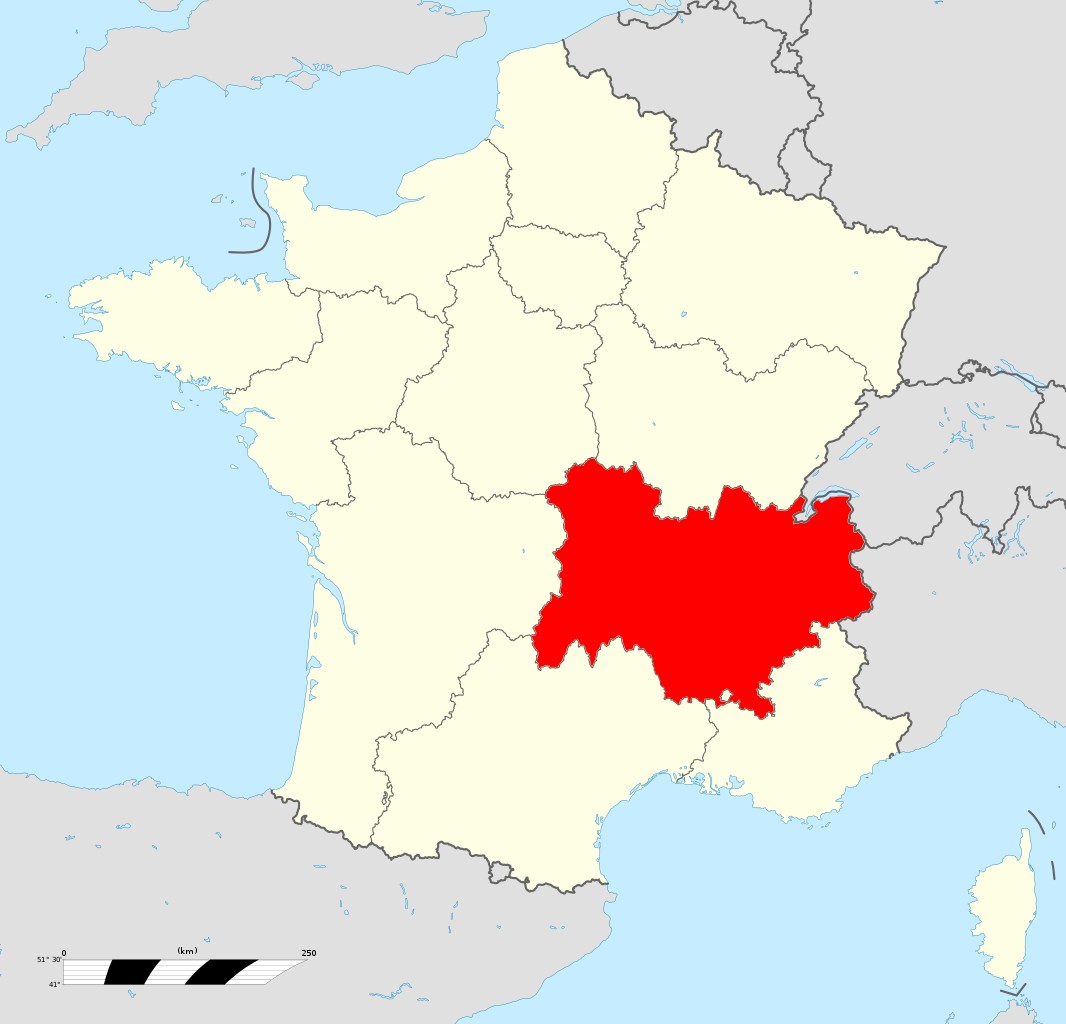
Auvergne-Rhone-Alps
Auvergne-Rhone-Alps Travel Guide.
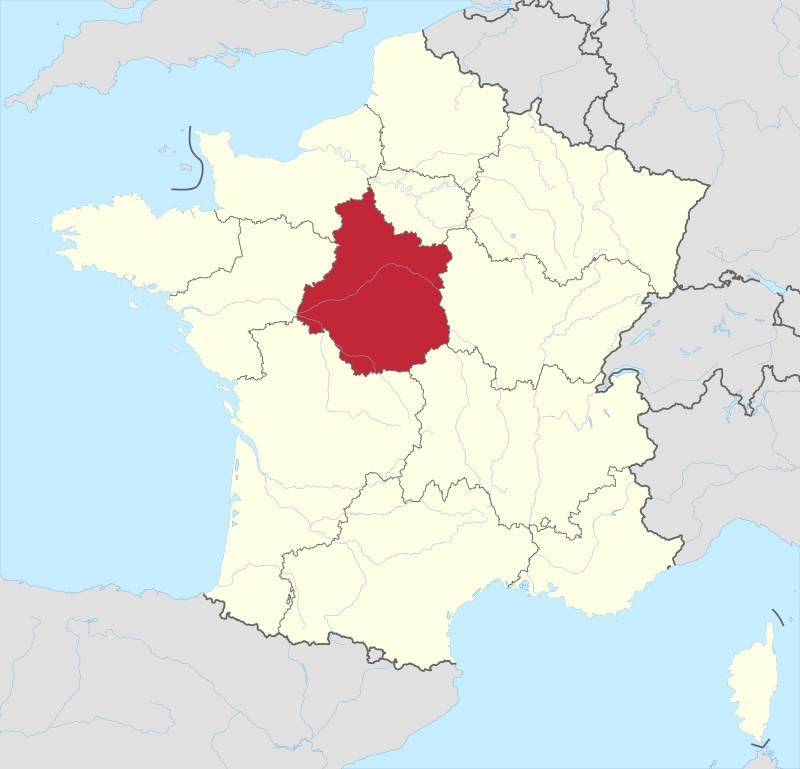
Centre Val De Loire
Centre-Val-de-Loire Travel Guide.
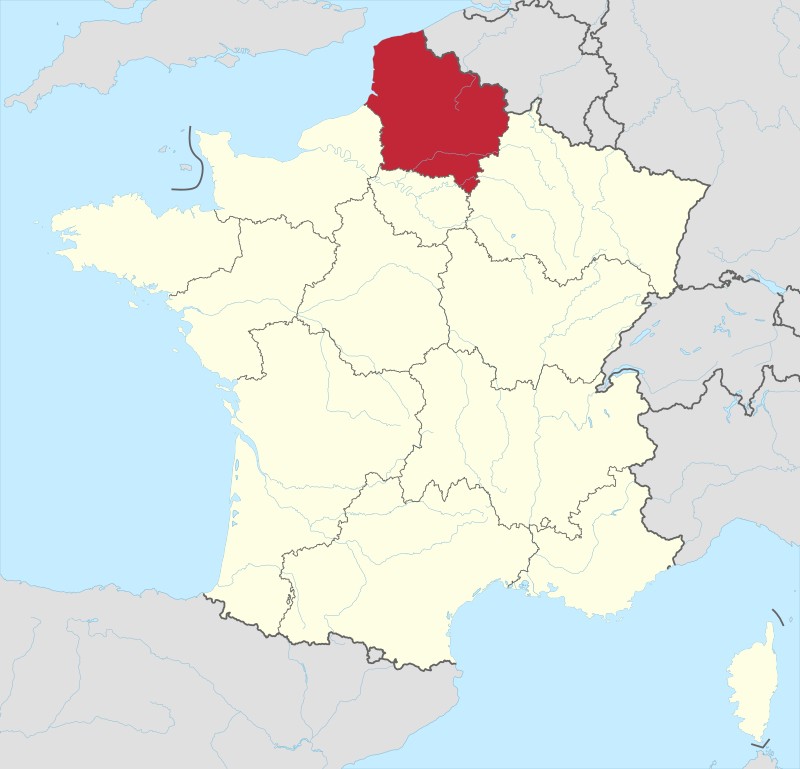
Haute – de – France
Haute-de-France Travel Guide.
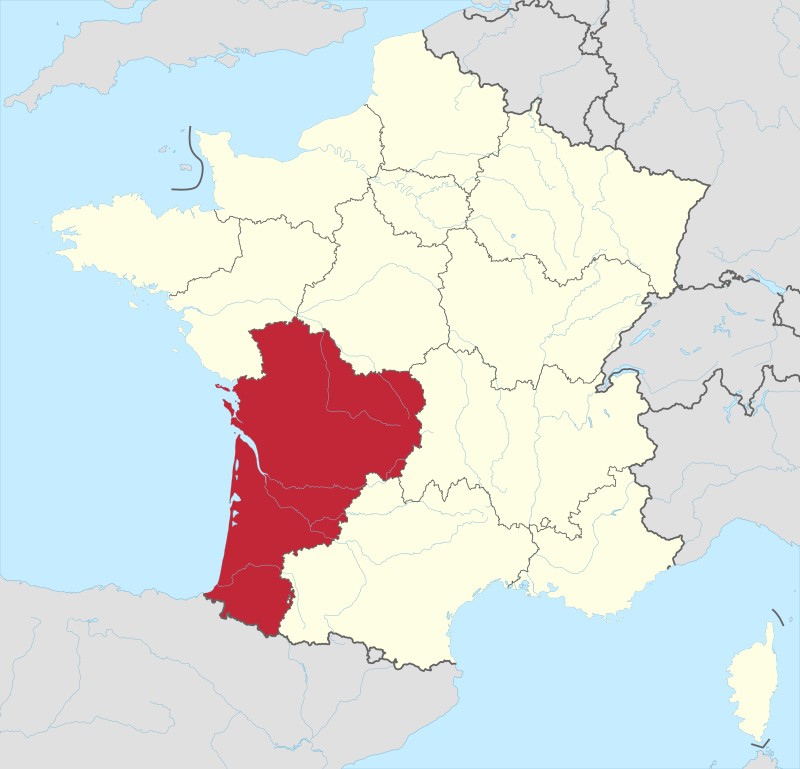
Nouvelle – Aquitaine
Nouvelle – Aquitaine Travel Guide.

Provence-Alps_Cote D'Azur
Provence Travel Guide.
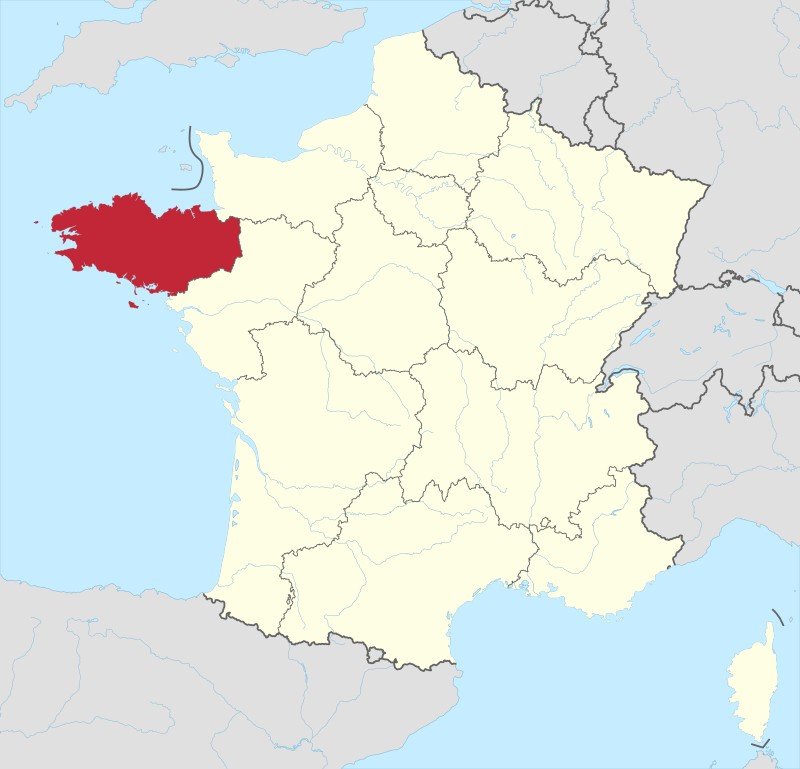
Brittany
Brittany (Bretagne) Travel Guide.
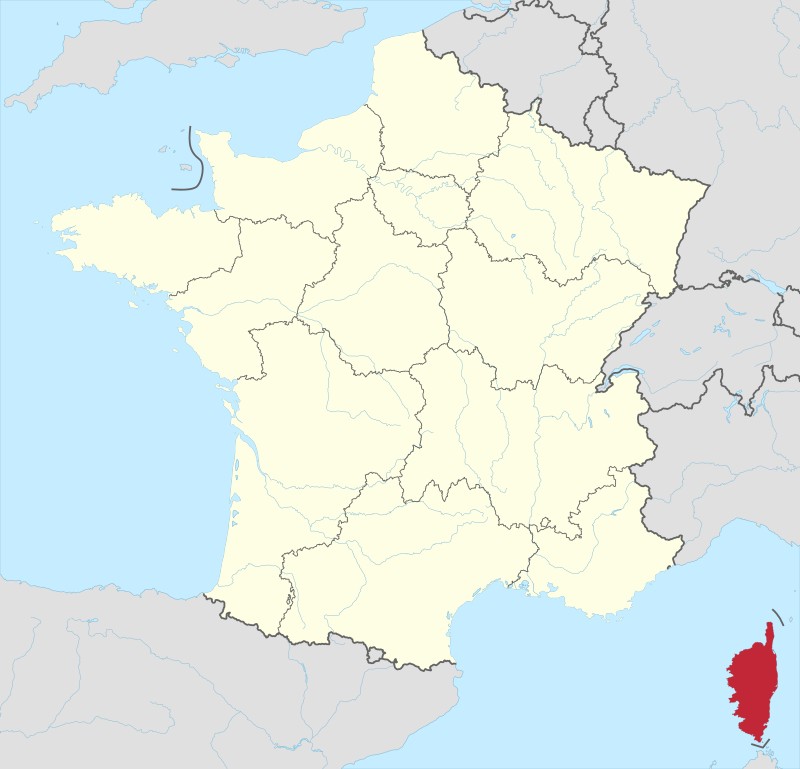
Corsica
Corsica Travel Guide.
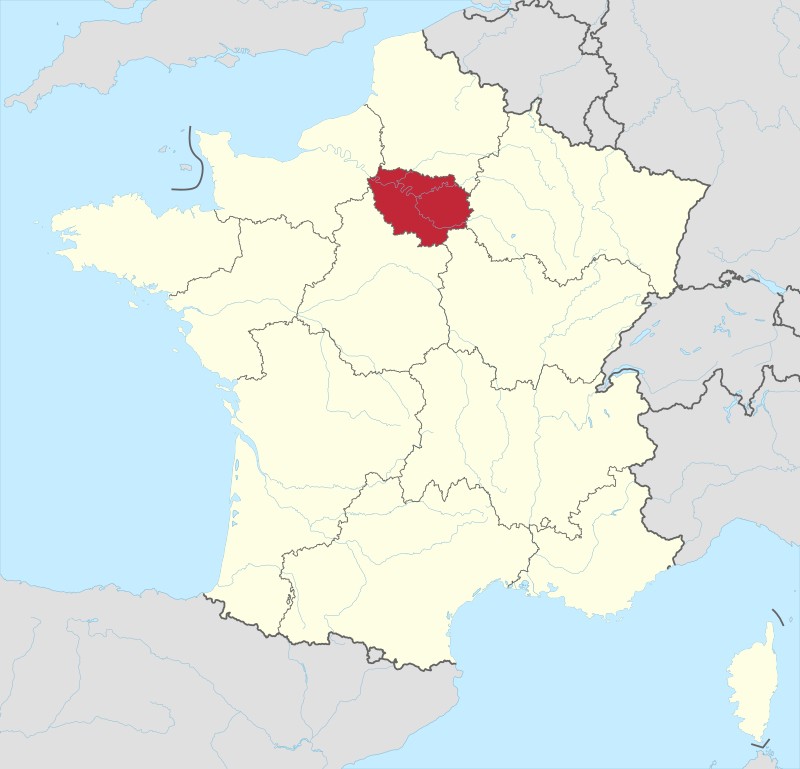
Ile – de – France
Ile – de – France Travel Guide.

Occitane
Occitane Travel Guide.

Bourgogne-Franche-Comté
Bourgogne-Franche-Comté Travel Guide.
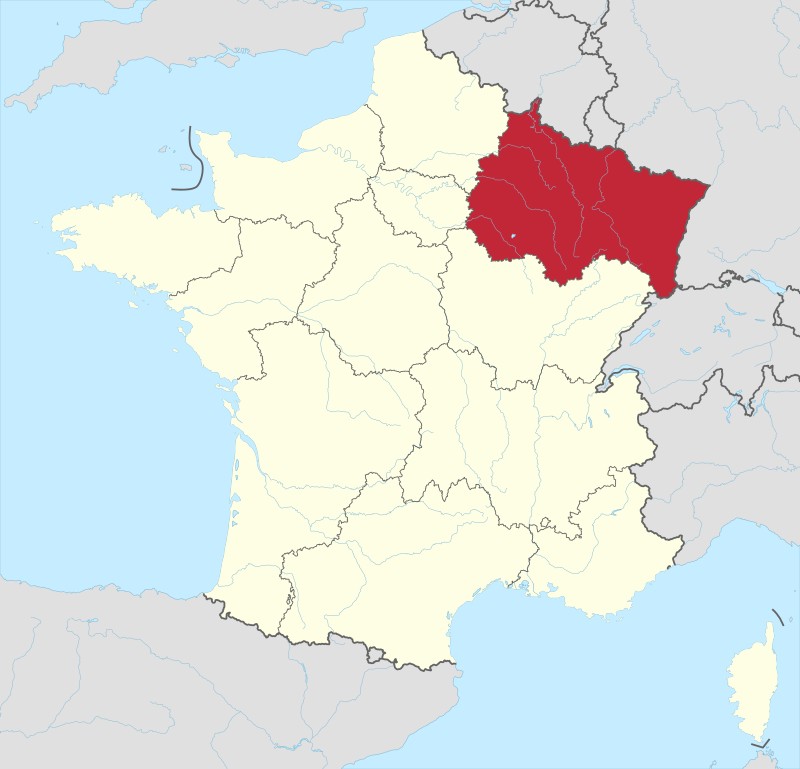
Grand Est
Grand-Est Travel Guide.
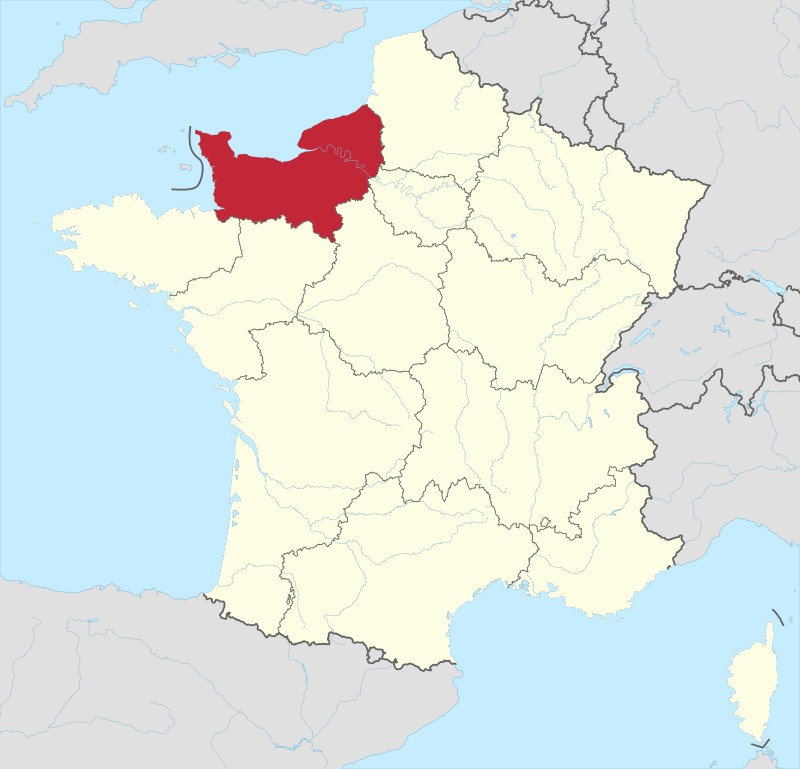
Normandy
Normandy Travel Guide.

Pays-de-la-Loire
Pays-de-la-Loire Travel Guide.


